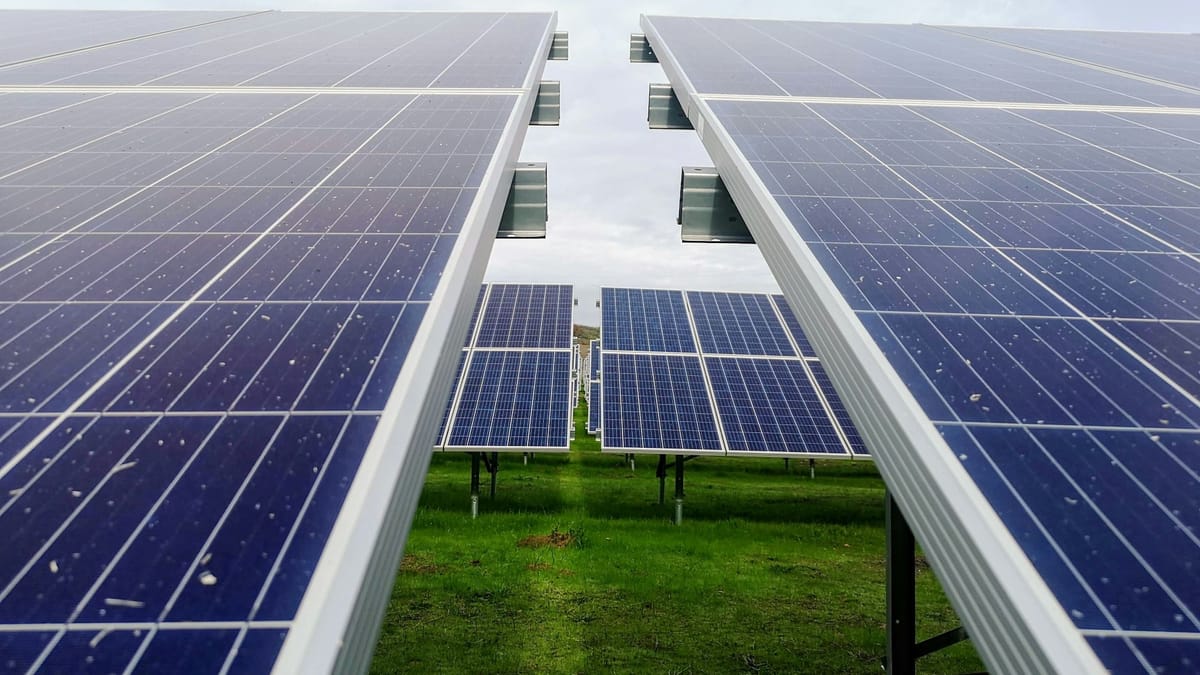From Overproduction to Valorization: Innovative Solutions for Managing Surplus Solar Energy

With the boom in renewable energies, and solar power in particular, a major challenge has arisen: how to manage the surplus electricity produced during periods of high production? This is not an insignificant question. Production peaks, often during the day, do not always correspond to consumption peaks. This leads to overproduction, which can saturate networks and waste precious energy. So what can we do with this abundance? Is it possible to turn this challenge into an opportunity? Several innovative initiatives, in Europe and elsewhere in the world, show that it is.
Energy storage: the pillar of solutions
Energy storage is an obvious but complex answer. One of the most promising solutions is the development of high-capacity batteries. For example:
- Hornsdale Power Reserve in Australia: this huge battery, built by Tesla, was designed to store excess energy from solar and wind farms. Since its installation, it has proved its effectiveness in stabilizing the power grid while reducing costs for consumers.
- Goldisthal pumped-storage station in Germany: although this solution uses water rather than batteries, it stores excess energy by pumping water to a higher reservoir during peaks in solar production, then releasing it in the form of electricity when demand rises.
These projects illustrate how storage can play a key role in maximizing the use of solar energy during periods of overproduction.
Converting energy into other uses
Another fascinating avenue is to convert excess energy into other usable forms. For example:
- Power-to-Gas in Germany: this technology converts surplus solar-generated electricity into hydrogen by electrolysis. This hydrogen can then be injected into natural gas networks or used as fuel for hydrogen-powered vehicles. Germany is one of the world leaders in this technology, with projects such as Uniper's.
- District heating in Silkeborg, Denmark: in this town, a large-scale solar thermal system heats water using surplus energy. This water is then distributed to the district heating network to heat buildings in winter.
These examples show how surplus solar energy can be valorized beyond electricity, paving the way for diverse and sustainable applications.
Demand flexibility: an idea gaining ground ⚡
In addition to technical solutions, surplus management can also be achieved by improving demand flexibility. By adjusting consumption to match periods of high production, surpluses can be reduced. Here's an inspiring example:
- Enedis in France: the French electricity grid operator is experimenting with "smart load shedding" systems. Participating businesses and households agree to modulate their consumption according to the availability of solar energy, in exchange for advantageous tariffs.
This type of initiative, complemented by technologies such as smart meters, enables smoother management of surpluses and active consumer participation.
What future for solar overproduction? 🌍
Managing surplus solar energy is a challenge, but it's also a huge opportunity to rethink our energy systems. These examples, both in Europe and elsewhere, demonstrate that solutions do exist, whether technical, such as storage and conversion, or organizational, such as demand flexibility. But what about you? Do you think these solutions are sufficient? Do you see other avenues to explore? Feel free to share your ideas and contribute to the debate on the future of solar energy.



